
First agreement regarding legal aid
in Alberta is made by the law society and the attorney general.
The compiled list of events were collected through archives, newspapers, old annual reports and interviews with Legal Aid Alberta employees.

First agreement regarding legal aid
in Alberta is made by the law society and the attorney general.
Criminal Legal Aid Pilot Project begins
in Edmonton and is extended to Calgary shortly thereafter.
Proposal for legal aid program in Alberta
is put forward by a joint committee chaired by Judge S.S. Liberman. The proposal recommends agreements rather than legislation as the basis of the legal aid plan.
Proposal adopted to begin legal aid operations
through a law society/attorney general agreement. The proposal forms the basis of the legal aid plan, which has continued to exist in Alberta since that time. The rate paid to lawyers who take legal aid cases is set at $15/hour.
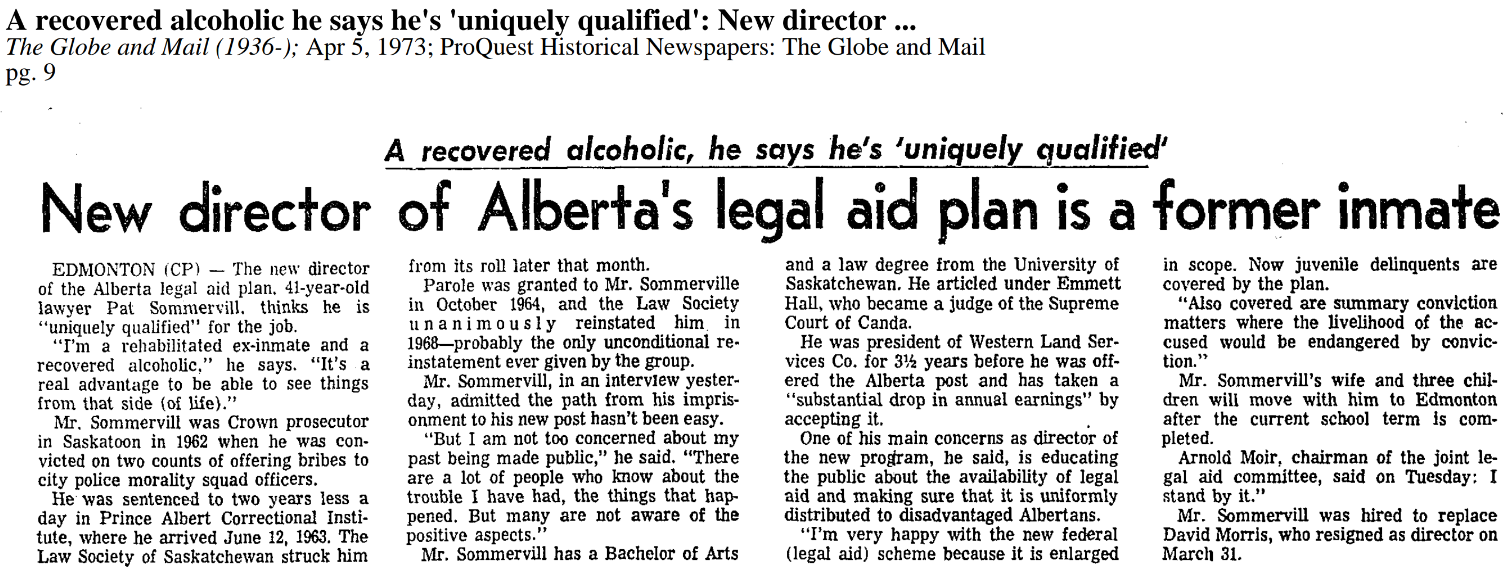
Legal Aid Alberta incorporates
as a non-profit society under the Societies Act with offices in both Edmonton and Calgary. LAA hires 12 employees for the Edmonton office operating on the third floor of the McLeod Building and four staff members operating out of the Calgary Courthouse.
Credit: Canadian Press
Governance begins to take shape
through the establishment of a joint committee, which later transitioned to a board of directors in 1980.
First Duty Counsel Pilot Project begins
with Banff-Gleichen becoming the pioneering location for duty counsel services in Alberta.
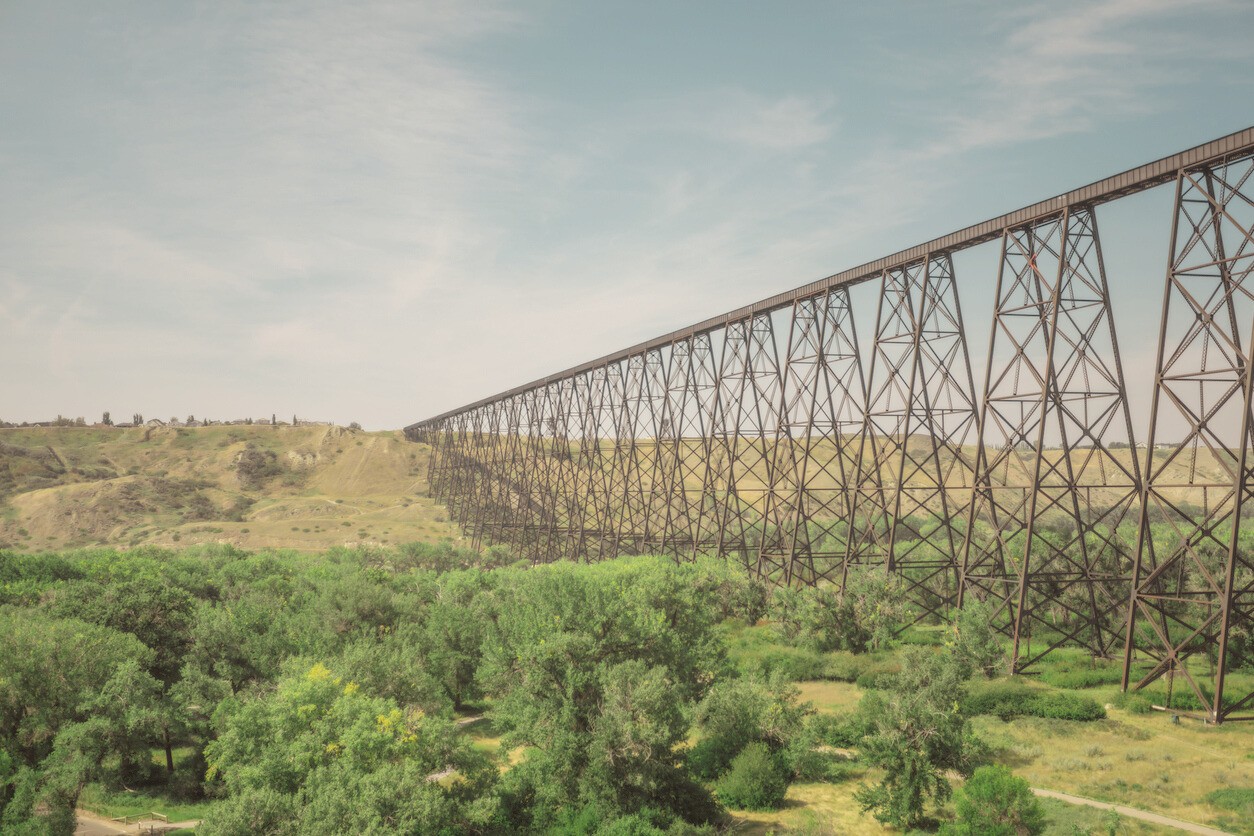
Expansion into southern Alberta
with a new office in Lethbridge and one full-time administrator.
Duty counsel program starts
in provincial criminal and juvenile courts across the province.
LAA opens more regional offices
By 1981, LAA maintains nine offices across the province including: Edmonton, Calgary, Red Deer, Lethbridge, Medicine Hat, St. Paul, Peace River, Grande Prairie and Wetaskiwin. A part-time service agreement is in place for Fort Macleod.
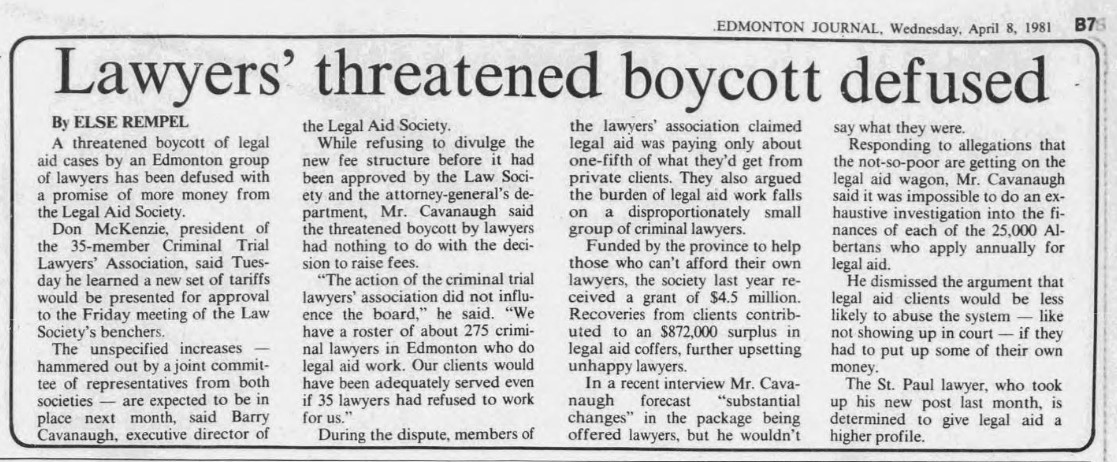
Tariff rate increase
is implemented by the Government of Alberta after lawyers threaten to boycott legal aid cases because of the hourly rate.
Material republished with the express permission of: Edmonton Journal/Calgary Herald, a division of Postmedia Network Inc.
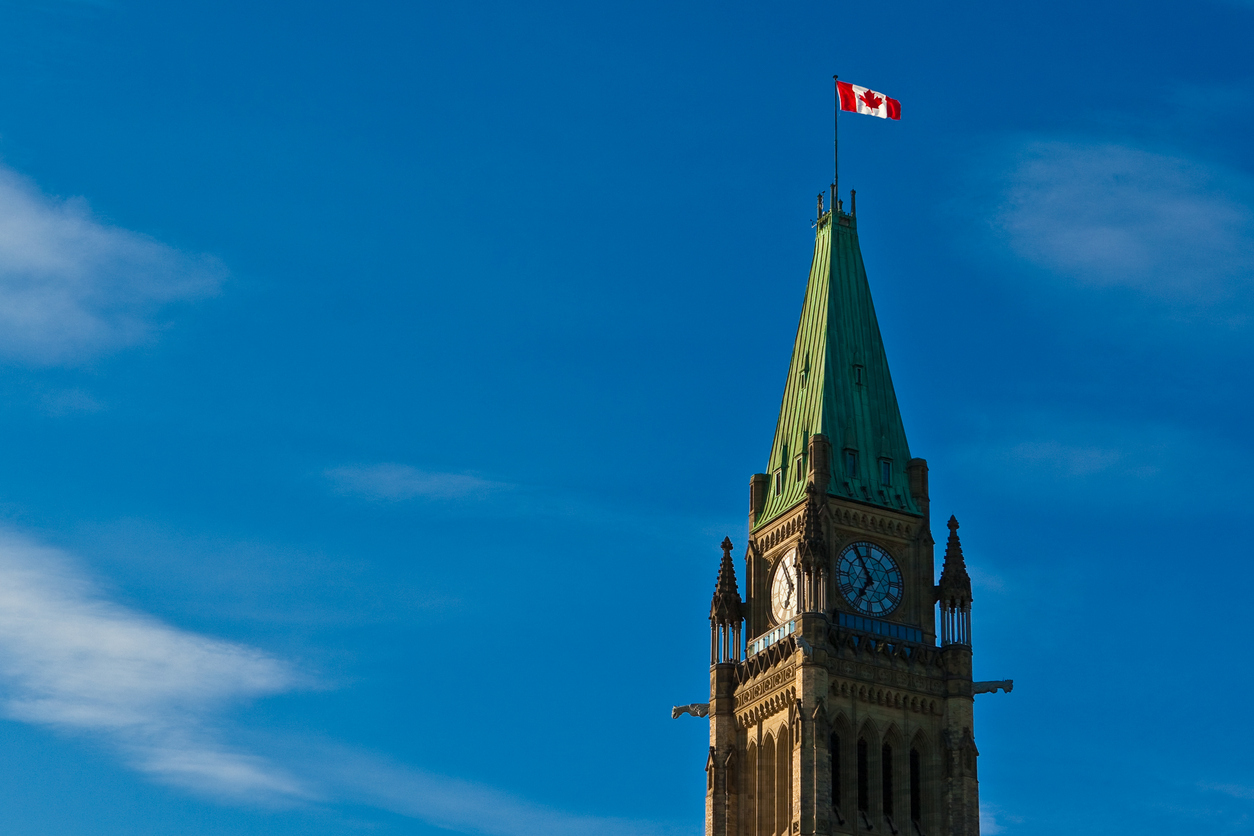
Proclamation of Charter of Rights and Freedoms
allows Canada to have control over its Constitution and provides guaranteed legal rights to all Canadians.
LAA grows along with demand
and responds by opening its first Fort McMurray location. The number of issued certificates rises to 17,267. The Board establishes an executive committee.
Services expand as Young Offenders Act takes effect
and LAA lawyers begin working with youth legal aid applicants. LAA lawyers work on 501 youth cases that year and by 1987 complete 4,525 cases. By 1993, youth cases rise to 8,458.
Expansion continues
LAA enacts Court Ordered Counsel Program
for youth offenders. The government program eliminates the need for youth to formally apply for legal aid, while also offering counsel a higher rate of compensation compared to other legal aid cases.
LAA offers choice of counsel
giving clients the freedom to choose their own lawyer. Previously, lawyers were offered legal aid cases on a rotating basis.
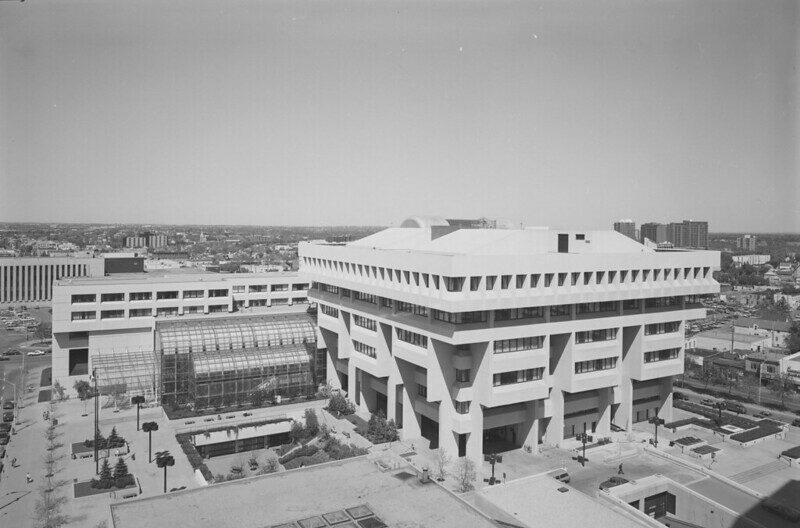
Duty Counsel Program expands
and is now available in 47 locations across Alberta.
Photo credit: Provincial Archives of Alberta, A17364.
Changes to the Mental Health Act
prompts Legal Aid Alberta to begin representing Albertans at mental health review panel hearings.